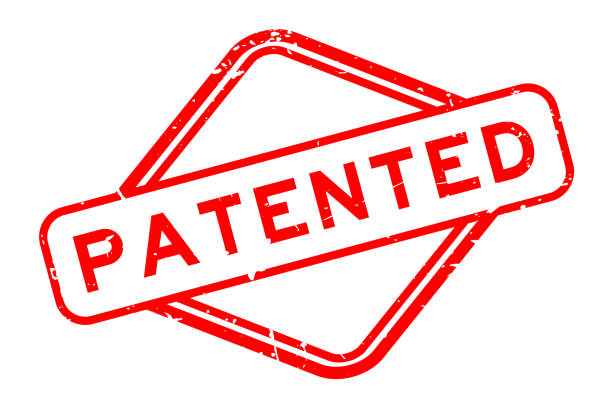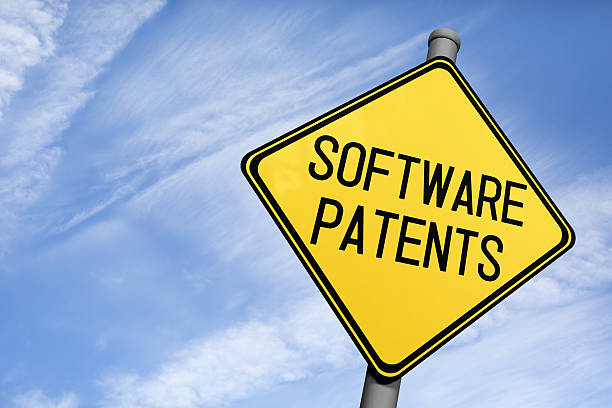Securing intellectual property rights is of utmost importance for software developers, as it allows them to protect their innovative software inventions from unauthorized use and competition. One effective method to safeguard these inventions is by filing a provisional patent.
Writing a software provisional patent requires careful attention to detail and a comprehensive understanding of the patenting process. It involves documenting your invention, conducting a prior art search, creating patent claims, including drawings and flowcharts, and providing a detailed written description.
Patenting Large Concepts
A patent is a legal document that grants the inventor exclusive rights to utilize and commercialize her invention. It’s an intellectual property right that is granted by governments and companies as protection for their innovations.
When patenting large concepts, it’s essential to consider how distinctive your idea truly is. This is especially crucial if you’re trying to safeguard your business interests. Your software must demonstrate how it differs from other programs performing similar tasks.
To determine whether your software deserves protection or not, compare it with similar applications and identify what makes it unique. Doing this will enable you to determine whether protecting your program makes sense or not.
Another essential consideration when writing your patent is to ensure it’s clear what your invention does. That includes both major aspects of software as well as smaller details.
When creating your patent, it’s wise to anticipate potential outcomes. For instance, if a rival creates software similar to yours that does the same thing, research how they could be sued for patent infringement.
One way to accomplish this is by noting all the unique details your software provides that other people cannot. Doing this is an essential step in the process and will protect you in case any lawsuits arise in the future.
Additionally, ensure your software does not rely on features already owned by others. Doing this will make it simpler for you to win any patent infringement lawsuits that might come your way in the future.

Patenting Small Concepts
If you want to safeguard the small details of your software, a software provisional patent example is an effective solution. This type of patent helps prove that your program is unique and it may even shield you from future lawsuits that arise in the future.
A patent is an intellectual property (IP) right that grants you exclusivity over your invention and allows others to utilize it under license.
A patent can be an asset, as it guarantees exclusivity to your invention for two decades and provides protection from competitors. Furthermore, you have the option to sell or license your patent if desired – providing you with financial security for up to 20 years. Finally, the right to a patent allows for easy trade if desired.
To obtain a patent, you must submit a written application to the United States Patent and Trademark Office. This involves creating the document and paying any applicable fee; however, please be aware that processing time at the patent office can take several years.
Furthermore, patenting your idea could cost thousands of dollars. Therefore, it’s essential to determine if it’s worth obtaining a patent. You can do this by reaching out to a company that specializes in market feasibility studies.
These studies will evaluate costs, market demand and production feasibility to determine if your invention is economically feasible. Furthermore, you should secure trade secret protection for any ideas generated so they remain confidential.
Another way to safeguard small concepts is by including them in your patent claims. Doing this makes it more difficult for competitors to challenge your patent if they discover about your idea and attempt to copy it.
One of the best ways to explain your software’s operation is by referring to a computer or machine and outlining what kind of application it can run.
Before they begin developing their software, some software developers consider the patent requirements and do research. This can help them determine what small details should be included in their application.
Patent Searching
Before you begin writing your software patent application, it is essential to conduct a comprehensive patent search. This can save time and money while also clarifying the scope of your invention. The cost of a patent search varies, but on average law firms charge between $1,500 and $4,000.

A successful software provisional patent should outline the overall architecture and provide a flow chart. This helps the USPTO examiner comprehend how the program functions, making converting from provisional to full patent much simpler.
One of the primary purposes for filing a provisional patent application is to give yourself extra time to experiment and refine your invention. Doing so allows you to assess if it meets all necessary criteria for patent protection before investing thousands or tens of thousands of dollars on a full application.
Another benefit of filing a provisional patent application is to prevent infringement of your invention. Doing so can shield you from lawsuits from companies looking to copy what you’ve created.
After investing in development, testing and promotion, the last thing you want is to be saddled with a costly lawsuit. By avoiding potential infringement claims, you can keep costs low and focus on what matters most to you.
Furthermore, a provisional patent application gives you an additional year to work on your invention. This can be beneficial for startups that need extra time to ensure their product is ready for the market.
Finally, however, obtaining a patent does not guarantee commercial success. It is essential to consider other forms of intellectual property protection like trademarks and trade secrets as well as alternative business models like licensing and partnerships before determining whether or not you should seek out protection through patents.
To file a patent with the United States Patent and Trademark Office (USPTO), you must meet certain standards set out by that organization. These criteria are often drawn from Supreme Court rulings on patent cases.
Patent Drafting
When crafting a patent application for software inventions, there are several factors that must be taken into account. You should start by conducting an exhaustive patent search to see if your idea has already been patented and learn the laws that pertain to software innovations.
The second step in creating your patent application is to compose a comprehensive description of your invention on paper. You may do this manually or utilize the Invent + Patent System(tm).
Once you have a comprehensive description of your invention, it’s time to craft your patent application. Crafting an effective and comprehensive patent application is critical in guaranteeing that your patent remains valid and shields you from infringers.
Though the law governing software patents is intricate, there are some universal principles you should keep in mind when crafting your application. Make sure your claim outlines a novel solution and shows how it solves a technical problem.
Furthermore, you should provide a description of your invention’s general architecture and display module details through flow charts. Doing this will help demonstrate that your software invention stands apart from others and increase the chances for getting a patent for it.
When crafting your software patent application, it is essential to consider how broad your claim should be. If the claims are too specific, infringers may find a way around them and the court could invalidate the patent altogether.
To guarantee your software patent application is written correctly, working with a professional patent attorney is highly recommended. They possess the expertise and experience needed to craft your application in such a way that maximizes your chances of obtaining an effective patent.
When formulating your application, it’s essential to determine if your invention solves a technical problem and is non-obvious. This is especially pertinent if applying for a design patent.

Conclusion
Understanding how to write a software provisional patent is crucial for software developers seeking to protect their innovative creations. To write an effective software provisional patent, it is essential to document your invention in detail, conduct a thorough prior art search, create clear and specific patent claims, include drawings and flowcharts, and provide a detailed written description. These steps ensure that your patent application is comprehensive, well-supported, and capable of withstanding scrutiny.
However, it’s important to note that writing a patent application, especially for software inventions, can be a complex task. It is advisable to consult with a patent attorney or professional, especially if your invention involves intricate technical concepts or if you have any doubts about the process.
